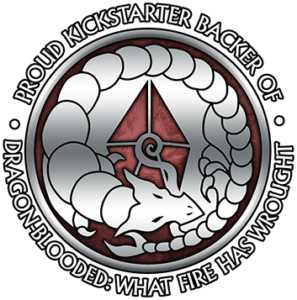The names and places in Mawr are based on Irish and Welsh.
The High Tongue (Irish)
If something has lots of vowels and no ‘y’s, or if it has an accent mark, it’s probably Irish, and Irish is simple once you know a few rules:
- if there’s a bunch of vowels, ignore all of them but the one with the accent; if there’s no accent, i usually wins
- if there’s one vowel, it’s probably a dipthong like “uh” as in Aoife pronounced “EE-fuh”
- an h after a consonant (or an i after an s) softens it, so SH and SI are both “sh“, TH is a breathy “h“, MH is “v“
Examples:
- Foraoíse – “for-EE-shuh”
- Tuhál = “too-HAHL”
- Cahál – “cu-HAHL”
The Low Tongue (Welsh)
If something looks unpronounceable, it’s Welsh.
- actually pronounce all the vowels. So Dael is “Da-ul”, Mawr is “Mau-ur”, etc.
- w is a vowel pronounced like “oo”
- f is a v. v is an f. Get over it
- y is “uh”
- no one knows how to pronounce u so make it up
- ll is a guttural throat sound, like clearing your throat. Similar to the Arabian guttural
- dd is the sound of th in the word “the”
Examples:
- Tranwyn – “TRAN-u-win”
- Pynwydden = “PUN-wuh-thin”
- Cwyn – “CU-win”
Generally, Celtic words put the stress on the first syllable unless there’s an accent, so MAwr, DAel.
But because of accent marks: caHAL, tuHAL (accent marks put emphasis).
Hope that deconfuses!
-
Recent Adventures
- Episode 19 – 2021-05-05
- Episode 18 – Earth 2020-10-22
- Episode 17 – Taming the Wind 2020-09-02
- Episode 16 – Ancient Ones 2020-08-26
- Episode 15 – The Blade or the Stone that Interrogated 2020-08-13
Recent Comments
Campaigns
Tags
Aberafon Arddbyn Autochthon BoarPort Caer Cuval Cahál Cathal Conclusion Coronation Dranbui Elderwood Erulian Exalted Exotelligence Foraise Gaians gharolan Harmuth Hasver Haven Hunter Huntress Investigation Ionad Llewer Moyag Nagaina Nobility parasite Prolog Pynwydden Abbey Rhys RowanOak Sacred Grove Shon'Ai Sky House South Steadfast Stone Village Ternyn Teuthal Tithe Tuhál Uxphon White Fort
 RSS - Posts
RSS - Posts